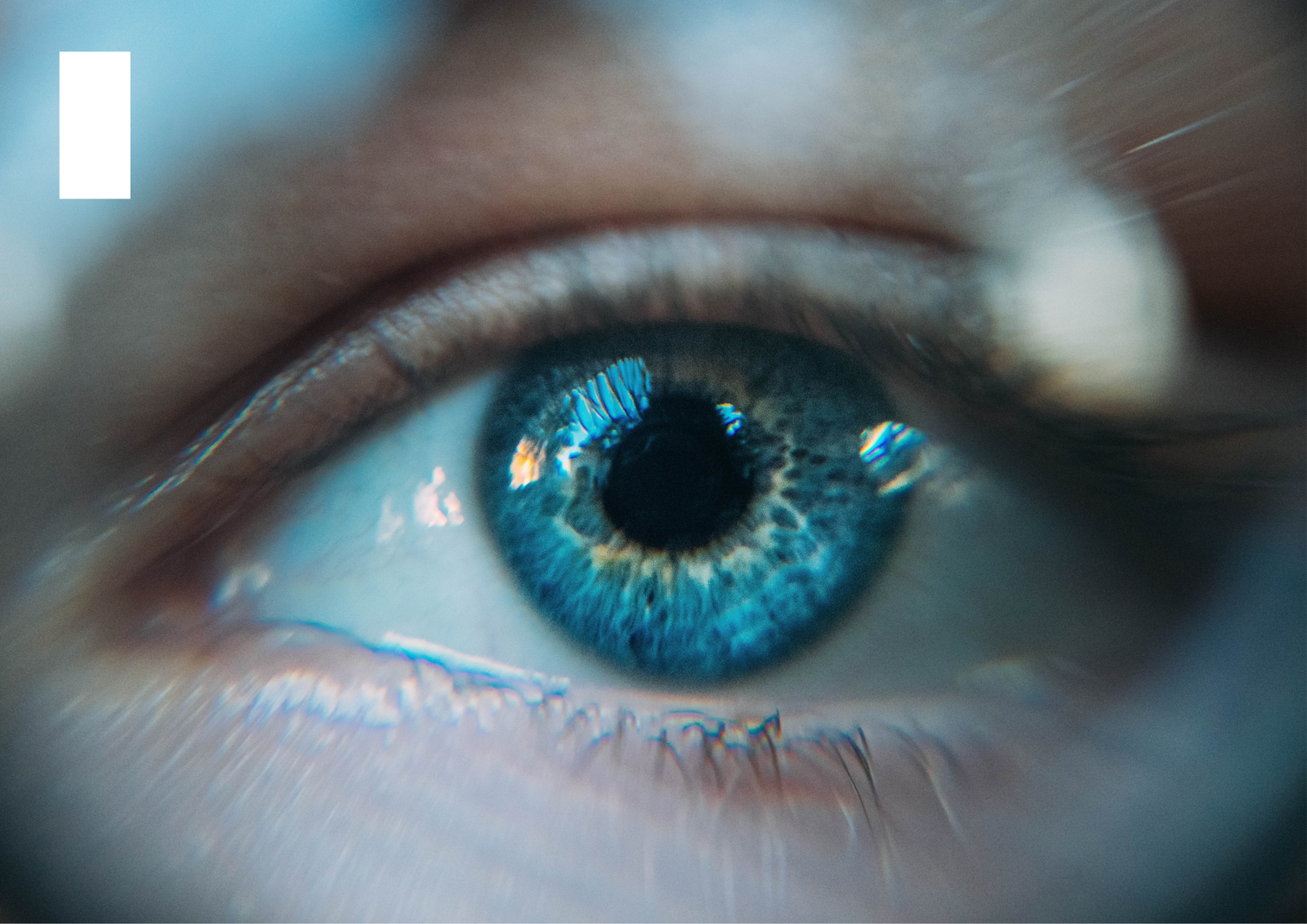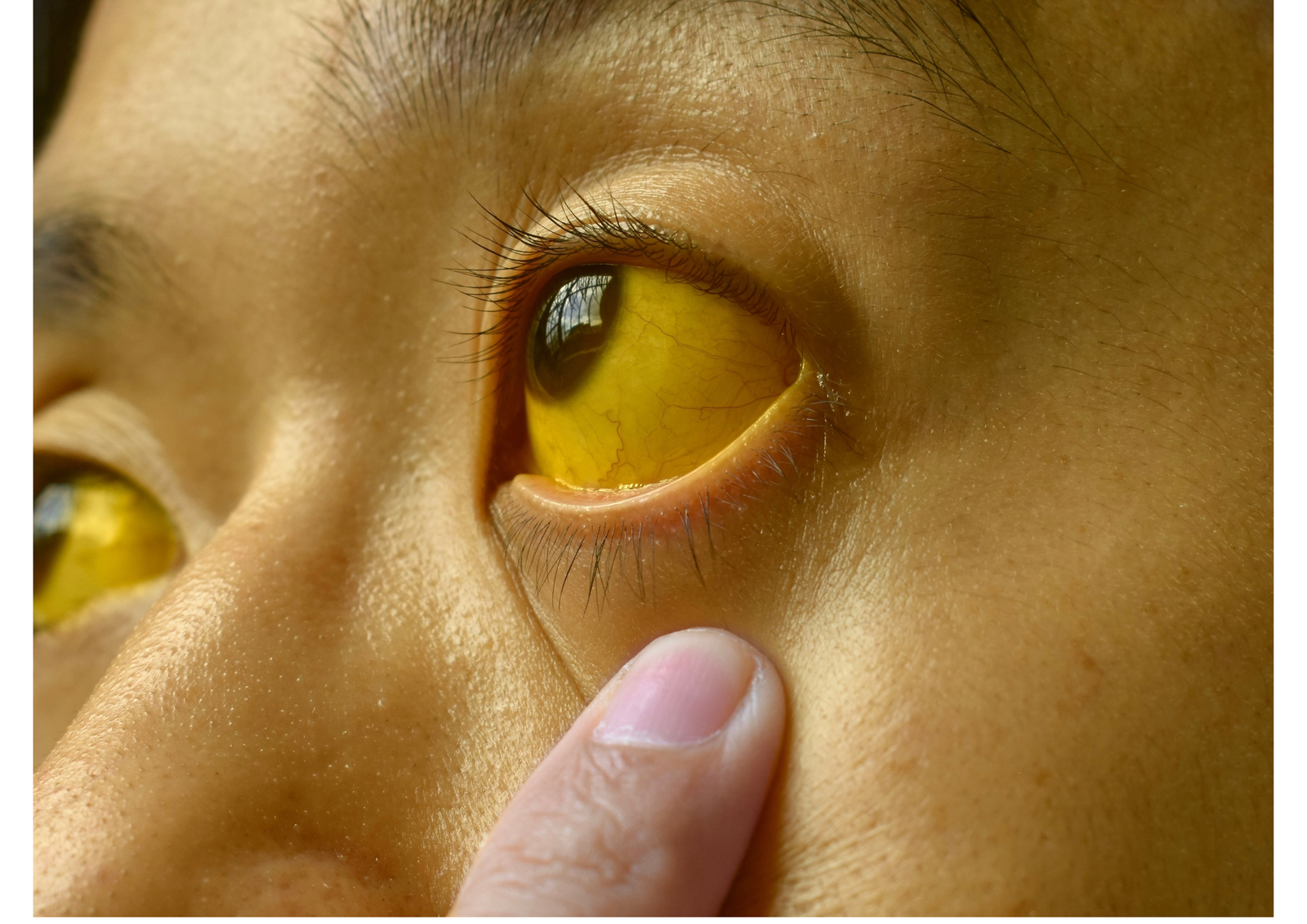
Skin Rash: Management and Treatment
Skin rashes can be red, inflamed, rough as well as dry, itchy, or painful. The major reason is dermatitis, which is when your skin responds to allergens or irritants. Bacteria, viruses, allergens, and infections including eczema, hives, and psoriasis can be the basis of skin rashes. A combination of medicines can reduce your signs and get rid of the rash.
What is a skin rash?
A skin rash happens when the skin becomes red, inflamed, and bumpy. Some skin inflammations are dry and itchy. Some are sad. Multiple things can get on a skin rash, including viruses, bacteria, allergens, and skin conditions like eczema.
Who might get a skin rash?
Everyone — from babies to senior citizens — can bring skin rashes. Babies are prone to diaper rash and cradle caps. Kids are prone to atopic dermatitis and see rash-inducing viruses, such as the fifth disease. Older kids or adults can develop contact dermatitis as their skin evolves and they are exposed to allergens or irritants over time.
Types of Skin Rashes
There are multiple different types of skin rashes, including:
- Contact dermatitis: This form of dermatitis happens when your body responds to a sense that it doesn’t like. Lots of individuals are allergic to fragrances, preservatives, nickel (often seen in outfit jewelry), and poison ivy. Typical irritants contain soaps, detergents, chemicals, and household cleaners.
- Eczema: Also called atopic dermatitis, eczema often grows in infancy and usually brings nicely as a kid grows. It manages to run in families (genetic). People who have asthma or allergies are also more likely to have eczema.
- Hives: Also called urticaria, hives generate raised, red, itchy skin welts. You may get hives if you are allergic to airborne allergens or insect stings. Extreme temperature differences and specific bacterial infections can also cause hives.
- Psoriasis: This lifelong skin condition generates a thick, scaly rash. The rash often starts on the elbows, knees, lower back, scalp, and genitals. Psoriasis can be inherited.
- Viral: Skin rashes are a common sign of multiple viral conditions, such as chickenpox, measles, and molluscum contagiosum.
Causes
Multiple things can cause skin rashes, including:
- Allergens in the environment.
- Bacterial diseases, such as strep throat.
- Skin infections like eczema.
- Irritants.
- Viruses.
Symptoms
Skin rash symptoms differ depending on the type and cause. Rashes can grow in one area of the body or all over. A skin rash may be:
- Dry.
- Blistering.
- Blotchy.
- Burning or stinging.
- Flaky or scaling.
- Hive-like (welts).
- Inflamed or swollen.
- Itchy.
- Painful.
- Red.
Risks of Skin Rashes
Several factors can improve the chance of obtaining a skin rash such as:
- Improved direction to the sun
- Exposure to warmth
- Arriving in touch with skin irritants
- Keeping an allergic reaction
- Usage of certain medications that can generate a response
- Insect bites
Treatment of Skin Rashes
The signs of multiple skin rashes can be treated using over-the-counter skin rash medications including:
- 1% Hydrocortisone anti-itch creams
- Oral antihistamines such as diphenhydramine and hydroxyzine can reduce the itching induced by skin rashes
- Moisturizing lotions to maintain the skin moist and avoid dry, cracked skin due to skin rashes
- For reducing mild pain generated by the rash, paracetamol (Panadol) and ibuprofen (Advil) can be used
It is still a good idea to contact your dermatologist for the best skin rash remedy for your skin type.
Natural remedies for skin rashes
1. Applying menthol
Menthol is an important oil located in plants of the mint family. It has a cooling effect and can assist reduce pain and itching.
Some have discovered that peppermint oil may assist relieve itchy skin, with a study done on 50 people split into two parties, one using the oil topically and the other applying petrolatum rather. After two weeks, effects found that peppermint oil was effective in improving itchy skin in comparison to petrolatum.
Always dilute important oils in a carrier oil before using them on the skin.
2. Cooling the itch
A good way to reduce itchy skin is to use a cold, wet cloth or ice pack on the involved area for 5–10 minutes.
Cooling helps reduce the rash that may be contributing to the itch.
Another choice is to keep moisturizing creams and lotions in the refrigerator. This will ensure they have a natural cooling effect when a person applies them to the skin.
3. Wet wrap therapy
Wet wrap therapy (WWT) involves using water-soaked fabric wraps made of gauze or surgical mesh to places of itchy skin.
The National Eczema Association (NEA) offers the next steps for applying wet wraps:
- Moisten a selection of gauze in warm water until it becomes damp.
- Wrap the gauze about the itchy area of the skin.
- Wrap a dry bit of gauze over the lid of the damp one.
- Carefully put on soft, cotton pajamas, taking care not to upset the bandages.
- Exit the bandages for several hours or overnight.
4. Moisturizing
Moisturizers, such as creams and lotions, can assist hydrate the outer layer of the skin. They are important for managing skin conditions that induce itching and dryness.
A good moisturizer will have humectants and emollients. Humectants attract water into the skin, while emollients form a protecting film over the skin’s surface, which allows safety in moisture.
It is most suitable to use moisturizers soon after a bath or shower while the skin is always a little damp.
The next tips on creating a good moisturizing routine:
- utilize a moisturizer with a high oil range
- moisturize hands whenever they come into contact with water
- moisturize before heading to bed to help the skin stay hydrated during the night
5. Baking soda
Baking soda has antifungal effects, and research indicates it is an effective therapy for a range of fungal skin conditions, multiple of which can cause itching.
Counting one-quarter of a cup of baking soda to a warm bath. A choice is to mix the baking soda with a little water to form a paste, which a person can use directly for itchy areas.
6. Avoiding irritants
People should avoid possible irritants, as they may cause itchiness worse. Possible irritants include:
Hot water
Bathing and showering in hot water extract moisture from the skin, making it more prone to dryness, redness, and itching. Reducing the water temperature even by a few degrees can support.
Temperature and humidity changes
Extreme differences in temperature and humidity can dry out the skin, generating flaking and itching.
A humidifier can assist in keeping indoor humidity in the dry summer months. It can even assist to counteract the drying results of main heating during winter.
Fragranced skin care products
Some skin care products have additives, such as perfumes and artificial colors, which can induce or worsen skin irritation.
People with itchy or sensitive skin should utilize fragrance-free and dye-free skin care products.
Wool and synthetic fibers
Clothing made from wool or synthetic fibers can handle rough against the skin, generating itchiness and irritation. Some people are better exposed than others.
People with itchy skin can decide to wear loose-fitting cotton clothing whenever possible. Cotton allows the skin to breathe and controls overheating.
CONCLUSION
Itchy skin can result from different causes, such as allergies, stress, or skin conditions. There are multiple methods to relieve itchy skin, including home remedies such as vital oils, wet wraps, and colloidal oatmeal.
If you want to 100% Ayurvedic medicine Click here.




